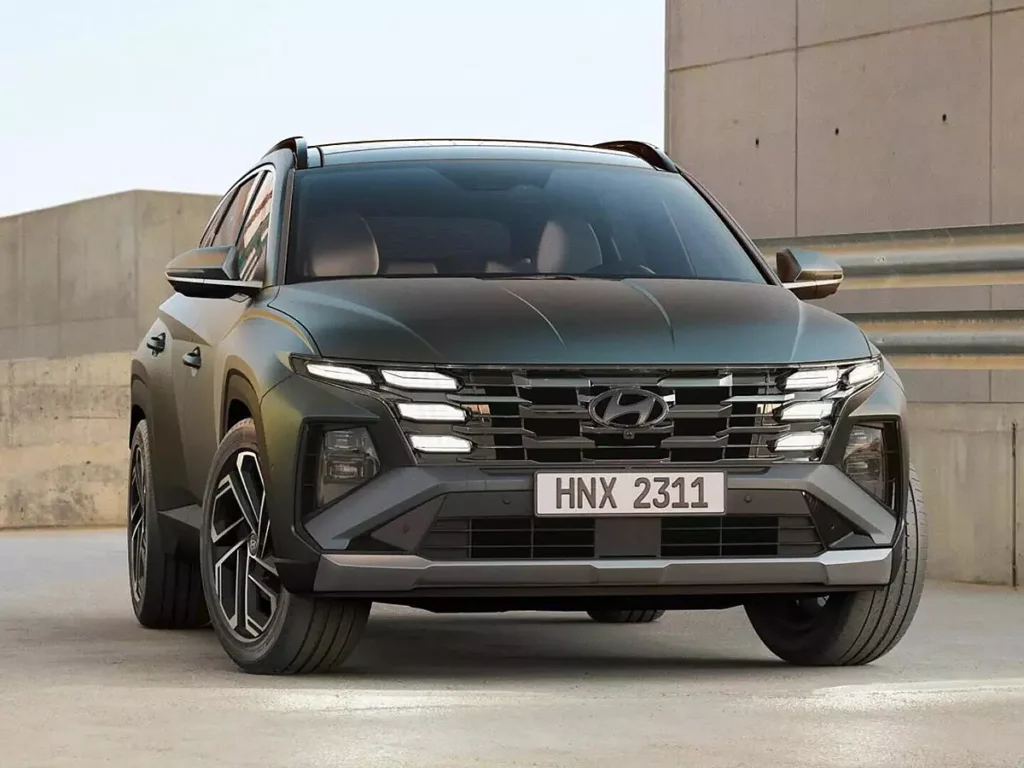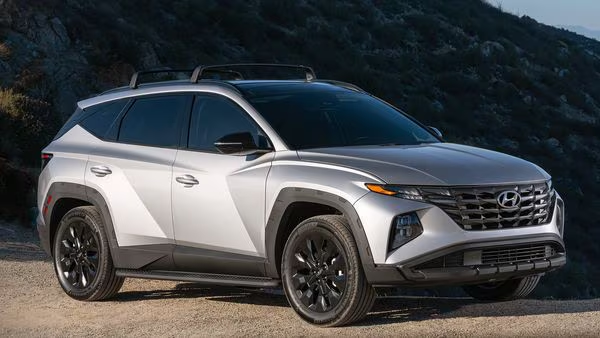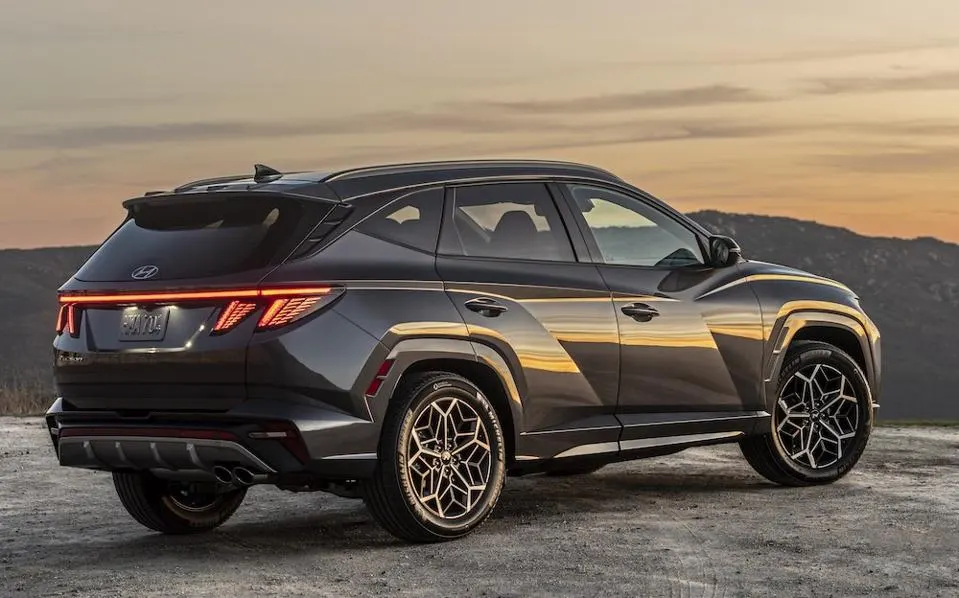The updated Hyundai Tucson made its way to Europe in November of last year, and the US version made its debut at the New York auto show in March. The Korean automaker revealed the new model’s cost four months later. It featured considerable technological advancements. This month, the 2025 Hyundai Tucson goes on sale at US showrooms, with starting prices of $29,750 (destination fees included).

The Hyundai Tucson (NX4), which debuted in November 2020 for the 2022 model year, is in the midst of its mid-life crisis. Due to the model’s immense popularity in the US, Hyundai decided to begin local manufacture in 2021, even though it would annoy the labor unions in South Korea. Hyundai undertook a major redesign in order to attract new customers, and the result was the 2025 model, which had its US debut in March at the New York Auto Show.
Unfortunately, Hyundai Tucson delayed revealing the costs of the updated model by one month. The original goal was to begin sales of the updated model in June. The 1.6-liter turbo hybrid and plug-in hybrid versions of the 2025 Hyundai Tucson will go on sale later this summer, but the 2.5-liter model will first appear in US dealerships in July. Starting at $29,750, the base SE grade with front-wheel drive comes with a $1,395 destination fee. Be prepared to pay at least $31,250 if you want an identical vehicle with an AWD system.

Hyundai offers a Blue Hybrid trim that is the least expensive hybrid vehicle, with a starting price of $34,510, and a SEL trim plug-in hybrid model that costs $41,225. Naturally, Hyundai wants to sell you more amenities, so don’t be shocked if the top-of-the-line models have a relatively significant price increase. The base price of the Tucson Limited RWD is $39,690, whilst the AWD version is $41,190. The plug-in hybrid version costs $50,485 while the full-hybrid Limited trim costs at least $42,340. Destination fees are included in all pricing.
The 2025 Hyundai Tucson is essentially the same design as the previous generation, with a few subtle changes that make it stand out. On the other hand, the 2024 Kona and the all-electric Ioniq range, two of Hyundai’s more recent models, have greatly influenced the cabin’s design. The updated Tucson features a panoramic curved display in place of the two distinct screens. It combines an expanded 12.3-inch touchscreen infotainment screen with an optional 12.3-inch digital instrument cluster.

Hyundai also restored physical buttons for the most crucial features, replacing the previous model’s screen-centric controls, which primarily employed capacitive buttons. These consist of the shortcut buttons for rapid access to different operations, the HVAC controls, and the audio volume and tuning. The front-seat passengers now have additional storage space on a dashboard tray located above the glove box, and the center console, steering wheel, and door-panel accents have all been modified.
There are still 187 horsepower available from the 2.5-liter Smartstream engine, which is part of the same lineup. But while the plug-in hybrid’s output has increased to 268 horsepower (from 261 horsepower), the hybrid model’s output has increased to 231, up from 226 horsepower in the previous iteration. Driver-adjustable regenerative braking was added to the electrified vehicles for increased comfort and control. A new driver-selectable Baby Mode in the new My Drive sub-menu helps lessen the abruptness of the beginning acceleration.
